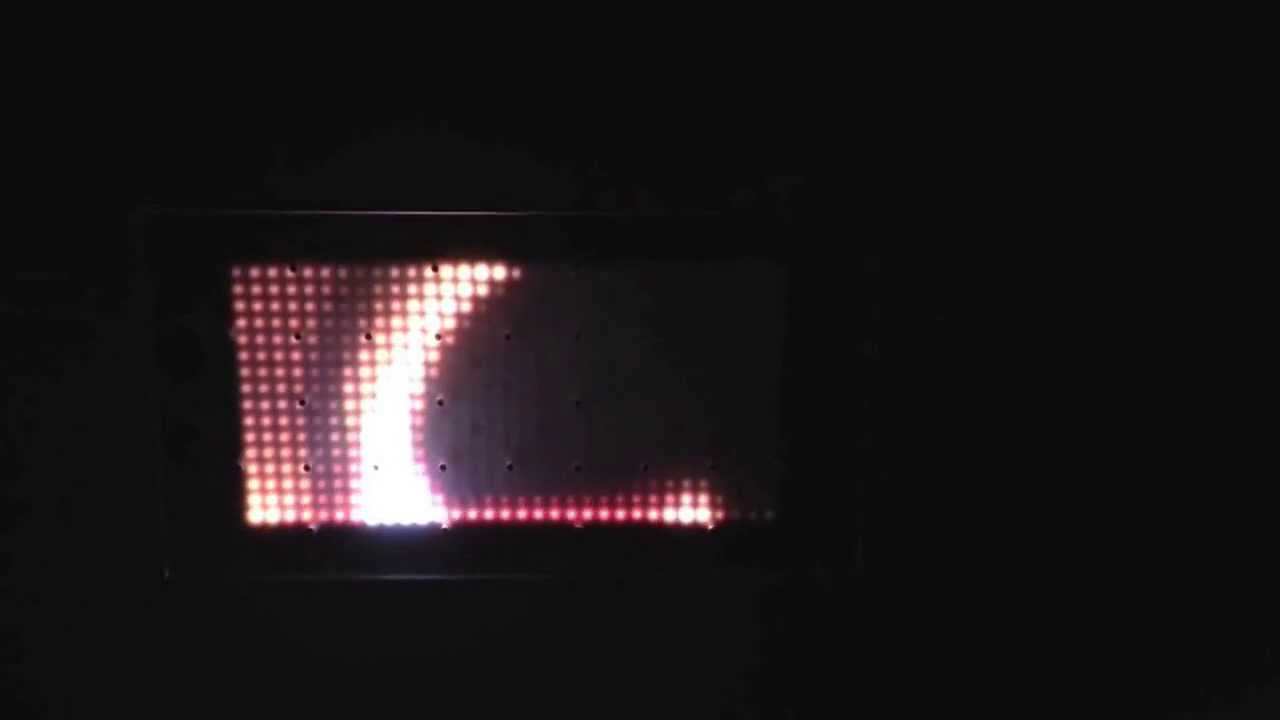What would be a good color model to use for RGBW pixels?
That is a great question.
My 87% answer is: two models: RGB, and separately W. (Because it seems like 87% of people want “regular room lighting mode” and then separately “party/disco/art mode”.)
But really I guess it comes down to what are you hoping to do with the RGBW pixels? That will largely dictate what model supports your project best.
I have a hunch that the codewelt article is focused on the RGBW color space for graphics/photography, not specifically for LEDs. This article is focused on LEDs, maybe there’s some useful info:
Oh believe me, I know a few ways to do the math-- but that’s the issue: there are several ways and they all are for different purposes, which I why I keep coming back to the main question: what application(s) is it specifically going to be used for? That will then lead to answers on what sort of color space you want to define and work in.
For ME, I mostly think it’ll still be RGB or W. Maybe I’ll do some HSV->RGBW, but even that is kinda sketchy without know what it’s going to be used for, and what the goals are.
Here’s my use case: a matrix of RGBW pixels on the wall, bright enough to be used as a light source but also allowing for subtle color changes. I don’t believe RGB pixels would work well for this as I’ve always noticed color differences between the pixels when displaying the same white color across many pixels.
I don’t have any code or a demo video for this right now, it’s just an idea. It’s probably going to be similar to the Fadecandy example “Rings Lamp”:
Demo of Fadecandy “Rings” (not “Rings Lamp”):
In my case I want seamless transitions from displaying full white, to a pattern, so I don’t want to display just RGB or W. I expect I’d want the white LED to turn on with no RGB LEDs on when in full white, to get better white color consistency across the matrix. I think I’ll want a conversion function to generate the RGBW colors, and not to try to manage the W channel separately.
@Mark_Kriegsman I use it for the same purpose like you expected. White only for illumination and rgb for effects.
I saw that Hue/Saturation/Intensity stuff from http://saikoled.com That looked interesting in balancing out the amount of light output especially with 4 LEDs per pixel with RGBW.
I guess it does depend on your installation and what you want out of them.
For me, I could see uses for 1) Controlling the W channel alone, 2) Controlling the color temperature of LED strips (type of light) much like the Phillips Hue bulbs. 3) More range & brightness in saturated colors in pixel displays or ?? with more accurate white colors.
I still can’t help but think that adding yet another LED to these pixels is going to make temporal dithering more important for smooth color transitions & accuracy. And then you run into the strip-length issue with ditherring (Driven by the 800khz bandwidth limit)
